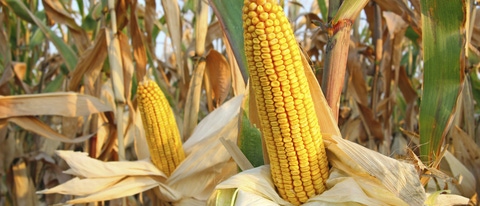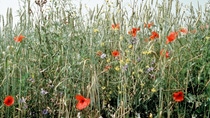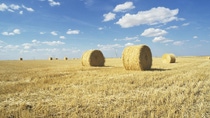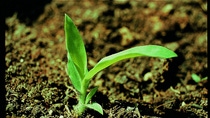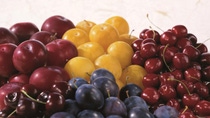Agriculture
Corn
Corn (maize) is a major export crop for countries across North and South America. Given its versatile uses globally in food and animal feed, corn plays a pivotal role in global food security as well as in making a significant contribution to alternative fuel sources in many countries worldwide.

Weeds are very competitive with corn in the early stages of growth. They pose a major threat in the fields that are not preirrigated or where soil is difficult to dry down. Weeds can host destructive insects, and also significantly reduce silage feed quality, raise grain moisture content, and provide a seed source to infest subsequent crops. Protecting corn from weeds, pests and diseases is thus essential to avoiding heavy losses in yields and quality of grain.
The use of broad spectrum herbicides and in conjunction with corn varieties – bred using genetic modification to be herbicide-tolerant (HT) – offer the most effective means of weed control. The only broad spectrum herbicides that can be used with HT corn today are Glufosinate-ammonium and Glyphosate. Until recently, only Glyphosate-tolerant corn was available. Insufficient rotation of the herbicidal modes of action in the past has resulted in many weeds in vital corn growing regions no longer responding to Glyphosate treatment. As such, farmers are increasingly aware of the need to rotate their use of Glyphosate with Glufosinate-ammonium to mitigate weed resistance.
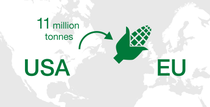
Did you know?
- In 2012, the EU corn imports were the second-highest on record after drought parched crops. The imports from the US to the EU were estimated at around 11 million tonnes.1
- Horseweed is an extremely competitive weed in corn fields. It can absorb much more nutrients like boron, copper, magnesium, zinc and calcium than corn leaves.2
Please select crop from list
1Whitney McFerron, European Corn Imports Seen Expanding to Second-Highest on Record, 4 December 2012.
2PennState Extension. Common Ragweed.
